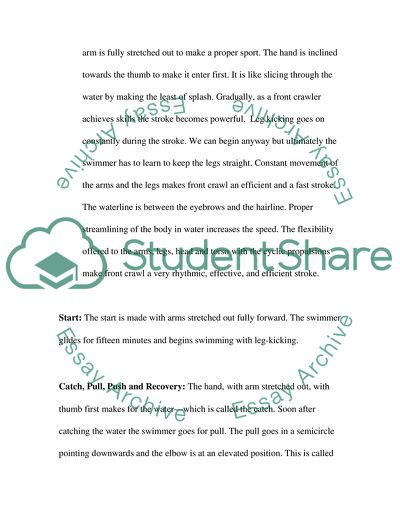Cite this document
(Developing Personal Sport Performance In Swimming: Front Crawl Style Essay, n.d.)
Developing Personal Sport Performance In Swimming: Front Crawl Style Essay. Retrieved from https://studentshare.org/sports-and-recreation/1705635-developing-personal-sport-performance-in-swimming
Developing Personal Sport Performance In Swimming: Front Crawl Style Essay. Retrieved from https://studentshare.org/sports-and-recreation/1705635-developing-personal-sport-performance-in-swimming
(Developing Personal Sport Performance In Swimming: Front Crawl Style Essay)
Developing Personal Sport Performance In Swimming: Front Crawl Style Essay. https://studentshare.org/sports-and-recreation/1705635-developing-personal-sport-performance-in-swimming.
Developing Personal Sport Performance In Swimming: Front Crawl Style Essay. https://studentshare.org/sports-and-recreation/1705635-developing-personal-sport-performance-in-swimming.
“Developing Personal Sport Performance In Swimming: Front Crawl Style Essay”, n.d. https://studentshare.org/sports-and-recreation/1705635-developing-personal-sport-performance-in-swimming.


